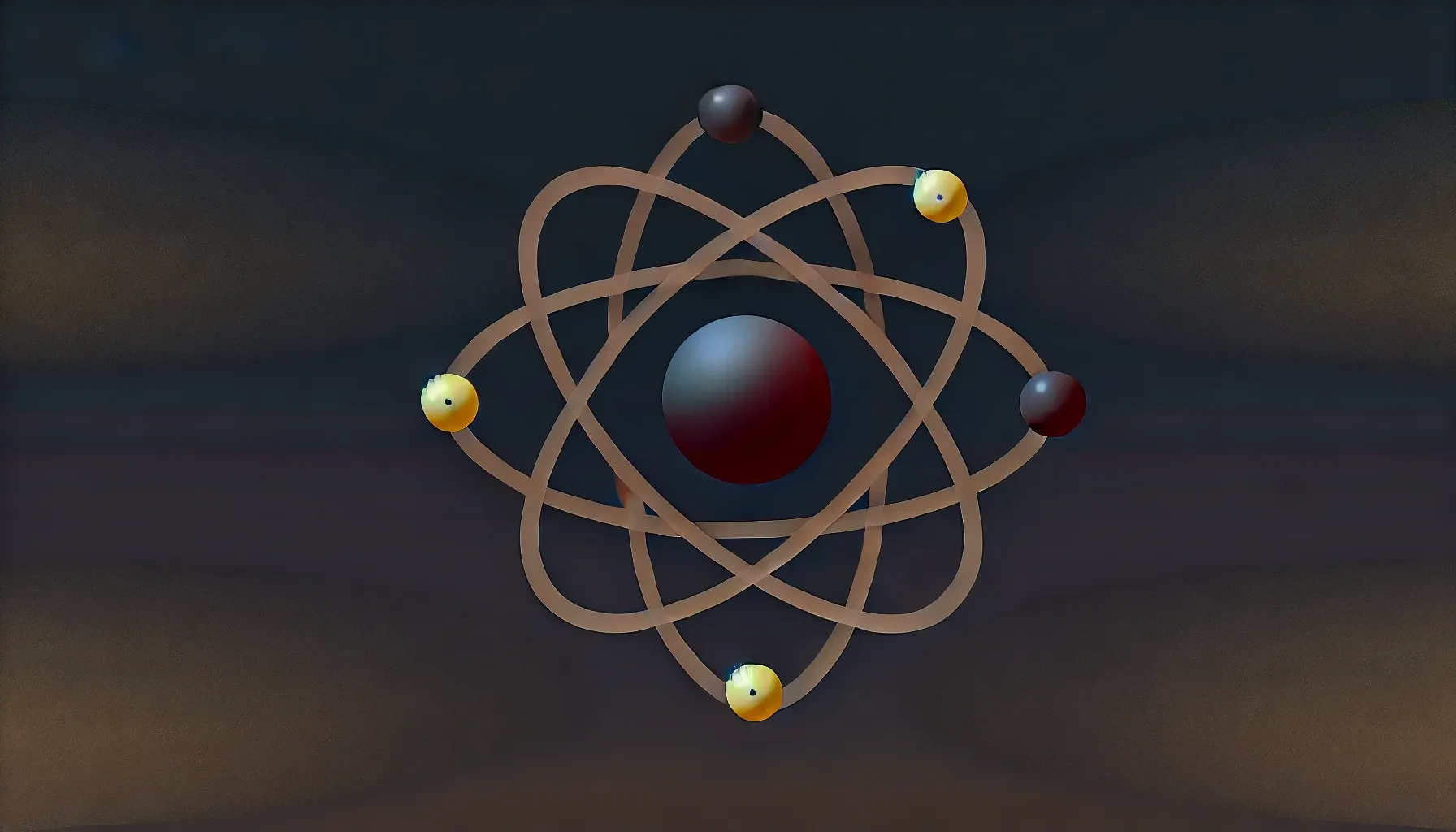
Over the past couple of years, I've adopted a workflow centered around "atomic commits," a disciplined approach that ensures each commit is self-contained, buildable, and passes CI checks. This methodology goes beyond merely making frequent commits—it's about bundling logically related changes to streamline code review and minimize errors. By isolating actions like renaming or refactoring into separate commits, the change history becomes clearer and code reviews more efficient.
Atomic commits require that changes, no matter how small, stand on their own. This isolation clarifies pull requests. Reviewers can review code commit by commit, helping them concentrate on specific changes without the distraction of unrelated modifications. It simplifies code review, transforming it from a daunting task into a streamlined process where the intent and impact of each commit are clear and concise.
Why adopt atomic commits?
- Isolation of Changes: Keeps changes, including renaming or refactoring, in separate commits, simplifying diffs and enhancing code review efficiency.
- Enhanced Code Review: Facilitates commit-by-commit evaluations, focusing on specific changes to significantly speed up the review process.
- Improved Workflow: Promotes methodical problem-solving by addressing prerequisites in isolation, enhancing workflow and problem-solving skills.
Consider the task of adding a new parameter to a widely used function. By isolating this parameter addition into its own commit before integrating it with feature development, you maintain a clean feature commit and simplify both testing and review. This scenario highlights how atomic commits refine development practices by ensuring clarity and focus.
However, atomic commits also present challenges:
- Resisting Bundle Temptation: It can be tempting to lump unrelated changes together. Overcoming this requires discipline and a commitment to maintaining the integrity of your commit history.
- Decomposing Complex Tasks: Breaking down intricate tasks into smaller, commit-friendly units demands a detailed understanding of the problem at hand and its solution.
Adopting this strategy required a shift in my mindset and approach to programming. Every problem can be broken down into a series of steps. This approach forced me to do this more effectively, making me more effective.
Adopting atomic commits has changed how I code for the better, making my work clearer and reviews easier. I encourage every team to adopt this workflow. There is some overhead, especially at first, but the benefits for a team are definitely a net gain. It's a practical approach that's made me a better developer. I'd love to hear your opinion in the comments below.

Discussion